
The Small Stuff
How you got disconnected from the physical world—and how to reclaim that lost joy in everyday life. Out summer 2026.

I have authored or co-authored 11 books. I also edit two book series, and I formerly published books and related media at a small educational publisher.

How you got disconnected from the physical world—and how to reclaim that lost joy in everyday life. Out summer 2026.


How filling life with play—whether soccer or lawn mowing, counting sheep or tossing Angry Birds—forges a new path for creativity and joy in our impatient age.

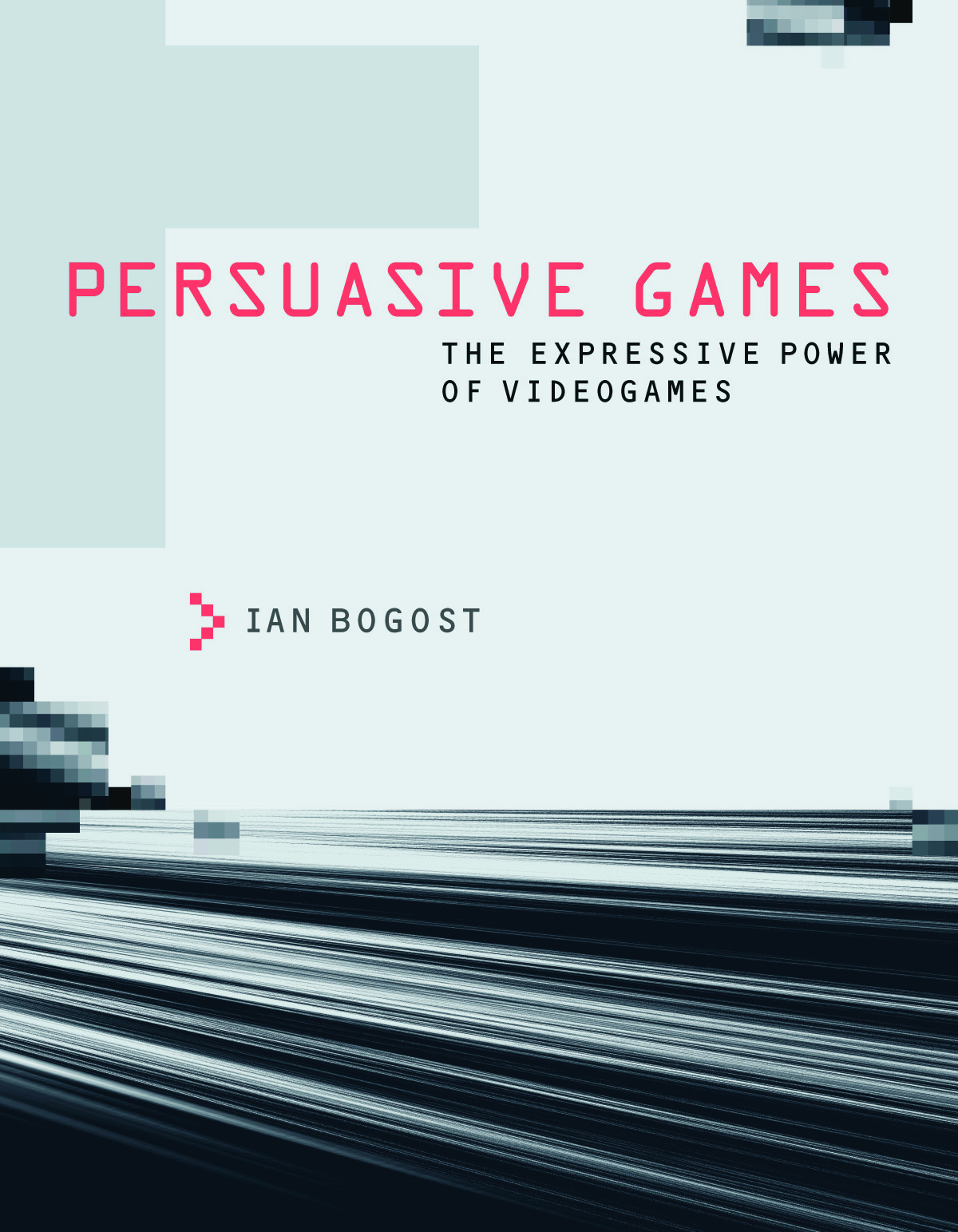
How videogames mount arguments and make expressive statements about the world

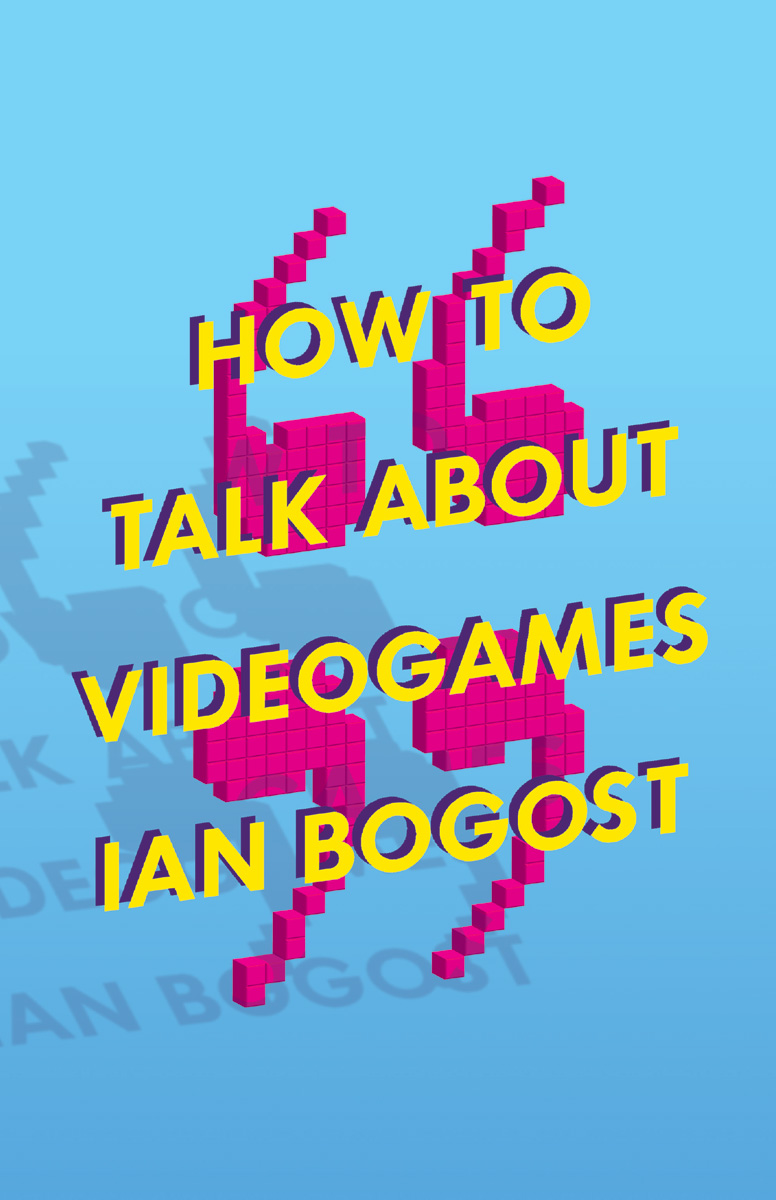
A fond look at the preposterous—and yet essential—pursuit of games criticism.


A bold new metaphysics that explores how all things—from atoms to green chiles, cotton to computers—perceive, and experience one another.


The relationship between technological design and creative expression in the Atari VCS (2600).


How videogames offer a new way to do journalism

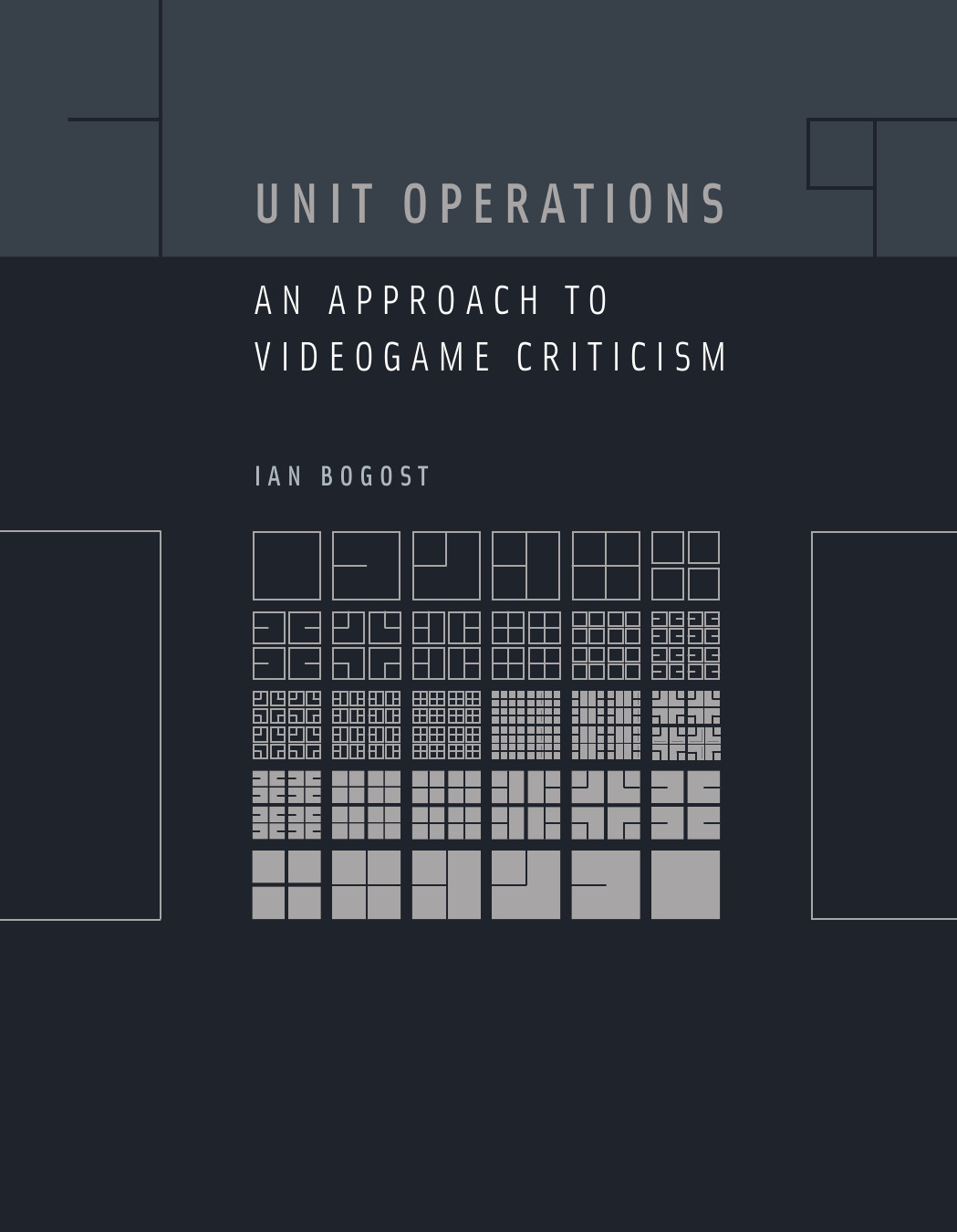
A literary-technical theory for analsys of configurative systems


A fresh look at computer games as a mature mass medium with unlimited potential for cultural transformation

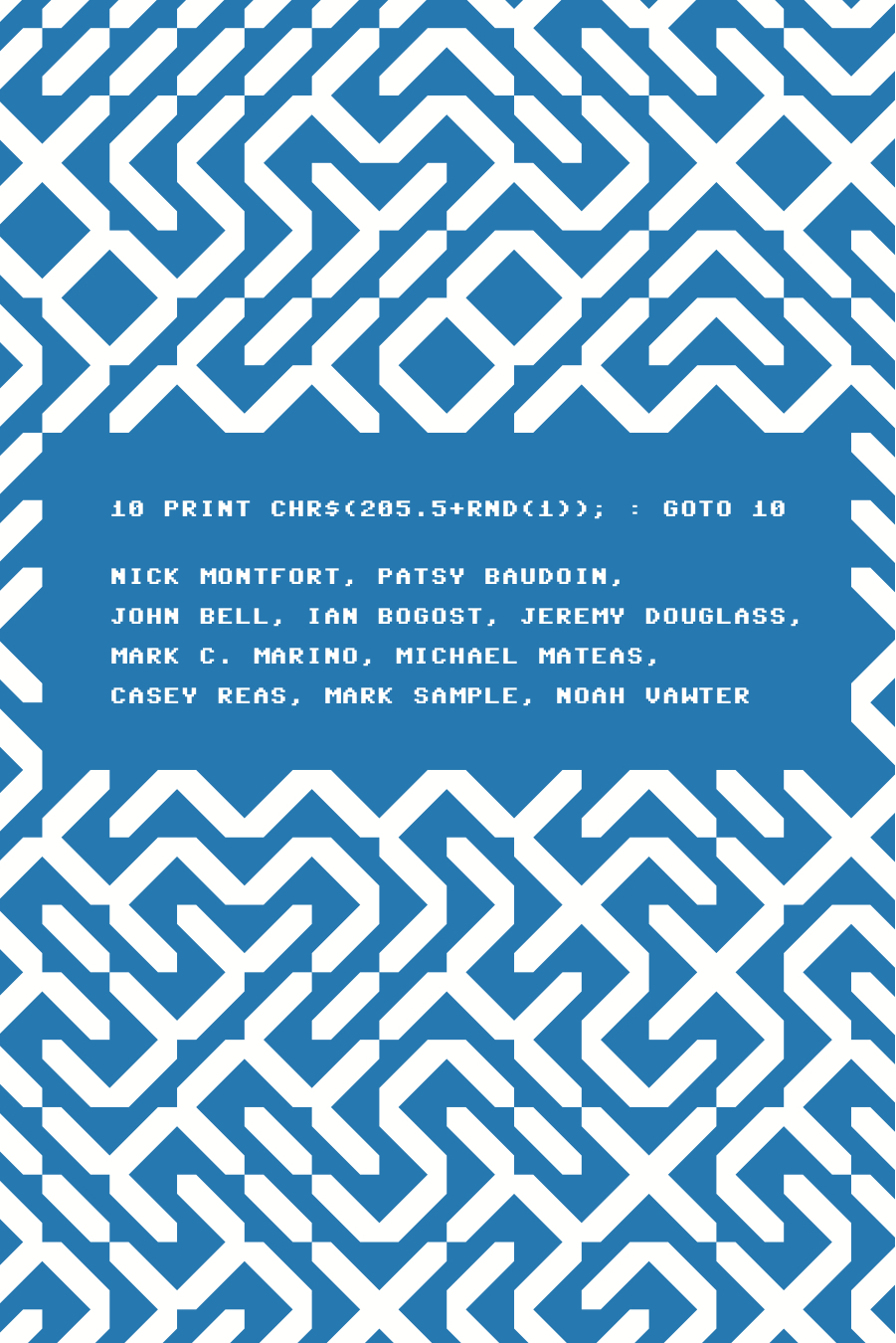
A whole book about a single line of code.

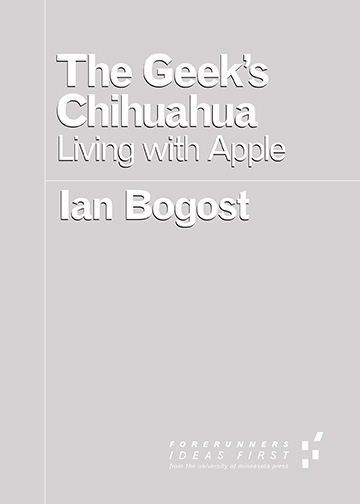
The evolution and meaning of our love affair with Apple and its devices.


An ancient Greek text for children.
